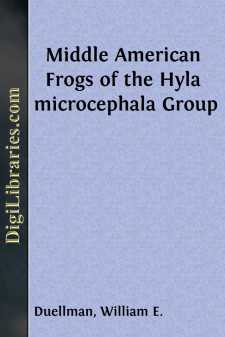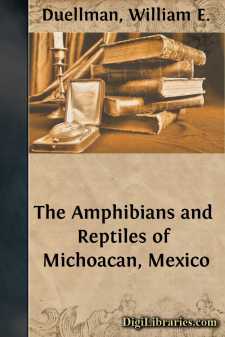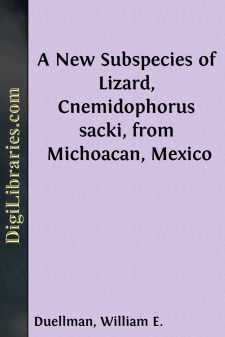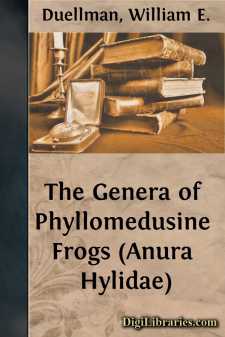Categories
- Antiques & Collectibles 13
- Architecture 36
- Art 48
- Bibles 22
- Biography & Autobiography 813
- Body, Mind & Spirit 142
- Business & Economics 28
- Children's Books 17
- Children's Fiction 14
- Computers 4
- Cooking 94
- Crafts & Hobbies 4
- Drama 346
- Education 46
- Family & Relationships 57
- Fiction 11829
- Games 19
- Gardening 17
- Health & Fitness 34
- History 1377
- House & Home 1
- Humor 147
- Juvenile Fiction 1873
- Juvenile Nonfiction 202
- Language Arts & Disciplines 88
- Law 16
- Literary Collections 686
- Literary Criticism 179
- Mathematics 13
- Medical 41
- Music 40
- Nature 179
- Non-Classifiable 1768
- Performing Arts 7
- Periodicals 1453
- Philosophy 64
- Photography 2
- Poetry 896
- Political Science 203
- Psychology 42
- Reference 154
- Religion 513
- Science 126
- Self-Help 84
- Social Science 81
- Sports & Recreation 34
- Study Aids 3
- Technology & Engineering 59
- Transportation 23
- Travel 463
- True Crime 29
Middle American Frogs of the Hyla microcephala Group
Description:
Excerpt
INTRODUCTIONThe small yellow tree frogs, Hyla microcephala and its relatives, are among the most frequently heard and commonly collected frogs in the lowlands of southern Mexico and Central America. The similarities in size, proportions, and coloration of the different species have resulted not so much in a multiplicity of specific names, but in differences of opinion on the application of existing names to the various taxa. For example, the populations on the Atlantic lowlands have been known by three names, two of which have been applied to other taxa. Much of the confusion has been the result of previous workers' unfamiliarity with the animals in life and unawareness of the intraspecific geographic variation in the most widespread species.
Independently we undertook studies of these frogs in the field. The second author worked on the interspecific relationships and isolating mechanisms in Panama (Fouquette, 1960b) and later studied the species in southern Mexico. As part of his survey of the hylids of Middle America, the first author accumulated field and laboratory data on the frogs throughout their ranges in Mexico and Central America. The purpose of this report is to present our findings on the four species of Middle American frogs that we place in the Hyla microcephala group. In addition to conventional taxonomic characters, we have utilized the features of the cranial osteology and have relied heavily on the data obtained from an analysis of the mating calls. Furthermore, we have included ecological and distributional data in our synthesis of interspecific relationships.
ACKNOWLEDGMENTS
Examination of specimens was made possible by the provision of working space at various institutions or through the loan of specimens. For their generosity in this manner we are grateful to Richard J. Baldauf, Charles M. Bogert, James E. Bohlke, Doris M. Cochran, Robert F. Inger, John M. Legler, Alan E. Leviton, Gerald Raun, Jay M. Savage, Hobart M. Smith, Robert C. Stebbins, Wilmer W. Tanner, Charles F. Walker, Ernest E. Williams, and Richard G. Zweifel.
Duellman is especially grateful to Charles W. Myers, Linda Trueb, Jerome B. Tulecke, and John Wellman for their assistance in the field and to Linda Trueb for her work on the cranial osteology that is incorporated in this report. Fouquette is indebted to H. Morgan Smith and A. C. Collins for assistance in the field, to A. J. Delahoussaye for assistance in the laboratory, and to W. Frank Blair for use of the facilities of the sound laboratory at the University of Texas and for much help in the early stages of this study.
The research reported herein was accomplished mainly through support by the National Science Foundation (grants NSF G-9827 and GB-1441 to Duellman and GB-599 to Fouquette). The latter's field work in Mexico was assisted in part by NSF Grant G-4956 to W. Frank Blair. Some of the field studies carried out in Panama by Duellman were supported by a grant from the National Institutes of Health (NIH GM-12020)....









